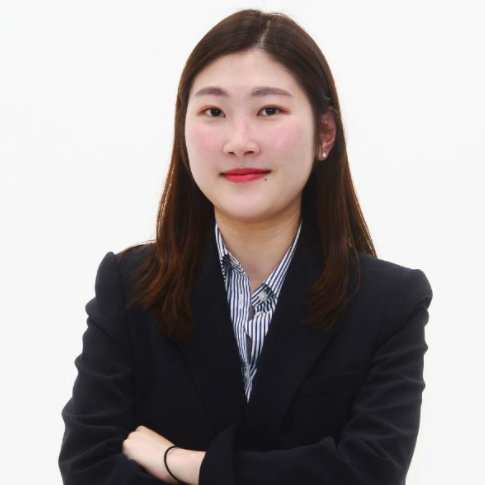Only 104 junior doctors returning in September
Ministry to roll out additional recruitment notice this month to induce striking trainees to resume their training
By Park Jun-heePublished : Aug. 1, 2024 - 15:28

The Health Ministry on Thursday said it would have hospitals roll out additional recruitment notices later this month for striking trainees protesting the drastic hike in medical school quotas as South Korea's health care is once again left in a void.
Only 104 junior doctors -- 13 interns and 91 residents -- had applied as 126 local training hospitals sought to recruit 7,645 candidates -- 2,525 interns and 5,120 residents -- from July 22 until Wednesday afternoon, according to the Health Ministry's estimate.
Of them, 45 had applied to the five biggest general hospitals in Seoul, which accounts for 1.4 percent of the positions available, according to the ministry.
Asan Medical Center saw zero applicants for its plan to recruit 440 junior doctors -- 131 interns and 309 residents in the second half of the year, while Samsung Medical Center received less than 10 candidates for its plan to fill in 123 interns and 398 residents, officials at the hospitals told The Korea Herald.
The number of applicants at both Seoul National University Hospital in Jongno-gu and Severance Hospital in Seoul's Seodaemun-gu were in the single digits. SNUH opened vacancies for 159 interns and 32 residents, while Severance Hospital planned to hire 146 interns and 568 residents. The Catholic Medical Center, which manages eight training hospitals, including Seoul St. Mary's Hospital, had only received 14 applicants when it sought to find trainees for 1,017 positions.
The five hospitals declined to provide further information on the returning doctors' medical specialties and which year they were in, citing the disadvantages they could face.
This comes despite the government's efforts to induce junior doctors to resume their training by scrapping all administrative actions and providing special considerations for those reapplying to training programs in September. Instead, those who did not return to their teaching hospitals chose to pursue job opportunities at local clinics or overseas, or to open clinics for private practices.
While the ministry plans to open additional recruitment to provide junior doctors with as many opportunities as possible and end disruptions to health care, junior doctors seem to be on a different page.
According to media reports on Thursday, some 100 junior doctors attended a job fair hosted by MOH Holdings -- the holding company of Singapore's public health care institutions -- on Saturday in Seoul.
Many of them reportedly asked questions about obtaining physician licenses in the Southeast Asian country, working conditions, working hours and work intensity. Also, 30 junior doctors underwent interviews on-site during the session, reports added.
Currently, Singapore only accepts medical licenses from 103 overseas medical schools as it aims to recognize graduates from verified institutions. Seoul National University College of Medicine and Yonsei University College of Medicine are the only Korean colleges on the list. Graduates from other universities must go through a separate medical license certification process by Singapore health authorities.





![[Herald Interview] How Gopizza got big in India](http://res.heraldm.com/phpwas/restmb_idxmake.php?idx=644&simg=/content/image/2024/11/20/20241120050057_0.jpg&u=20241120164556)


![[KH Explains] Dissecting Hyundai Motor's lobbying in US](http://res.heraldm.com/phpwas/restmb_idxmake.php?idx=644&simg=/content/image/2024/11/20/20241120050034_0.jpg&u=)
![[Graphic News] 70% of S. Koreans believe couples can live together without tying the knot: survey](http://res.heraldm.com/phpwas/restmb_idxmake.php?idx=644&simg=/content/image/2024/11/19/20241119050098_0.gif&u=)








![[Today’s K-pop] Blackpink’s Jennie, Lisa invited to Coachella as solo acts](http://res.heraldm.com/phpwas/restmb_idxmake.php?idx=642&simg=/content/image/2024/11/21/20241121050099_0.jpg&u=20241121172748)